
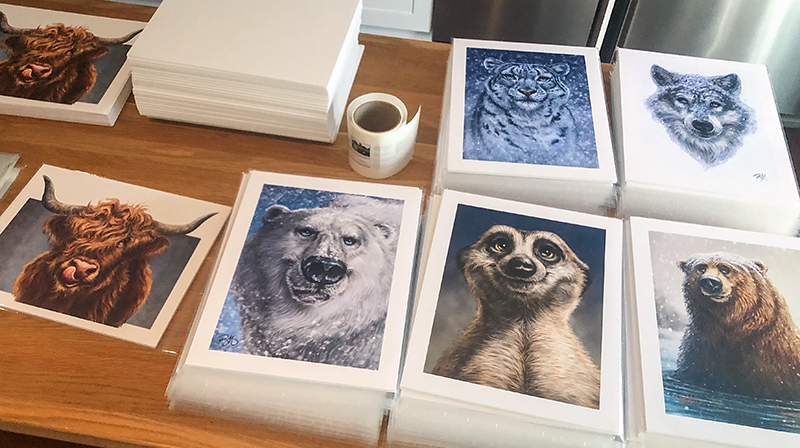
As I write this, everything is going well in the run-up to my biggest show of the year. I’m almost ready to load the car and drive in for setup on the 24th.
I still have to draw twice as many editorial cartoons this week to cover my newspapers while I’m away. I’ll also want two ready to send for the morning after I get home because I’ll be too tired to draw. But that’s always part of the prep.
This always feels a little like a looming new year to me. I look back on the 12 months since the last Expo, thinking about what I got done and what I failed to deliver.
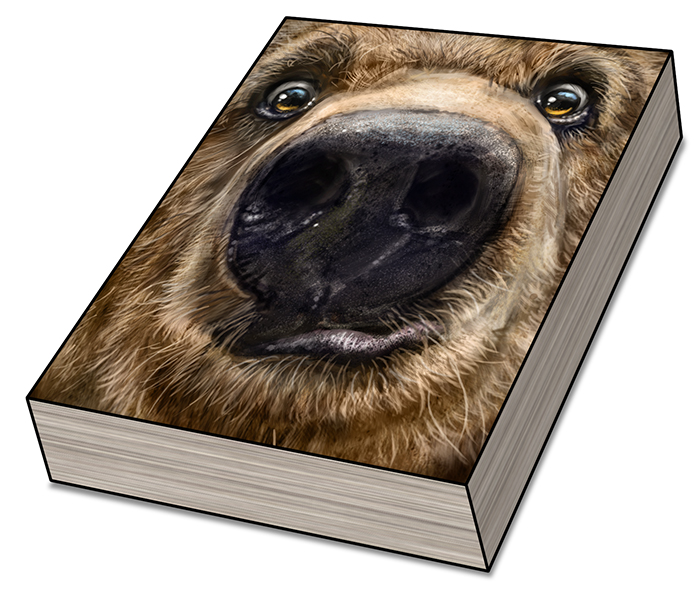
The Book
I promised myself I’d have it finished for this year. If you’ve been patiently waiting, there’s no way you’re more disappointed in me than I am in myself.
The reasons aren’t hard to decipher. There’s an imposter syndrome part of it, where if I keep procrastinating, I never have to put it out there and risk that it won’t measure up to my expectations. I’m not a deep well. This is basic psychology.
I have explained before that editorial cartooning provides a consistent monthly income, even though it’s less each year as newspapers stop using freelance work or they close entirely. But it’s hard not to prioritize reliable revenue.
My whimsical wildlife artwork continues to grow each year. Thankfully, It is now more than half my annual income, but licensing payments come in irregularly and are often late. Gift and trade shows are held at different times each year, so those, too, are inconsistent.
Though I’ve been self-employed for almost twenty years, I’m from a generation used to biweekly paycheques, and though it’s only an illusion of security, it’s difficult to dismiss.
THE BOOK (cue the Imperial March) means investing time, energy and funds into a project that may not generate revenue; if it does, it will come later. Making time to write and draw the content and learn Adobe InDesign means sacrificing drawing an editorial cartoon or a painting for immediate licensing that will generate revenue in the short term.
When I was in my early 30s, it felt like I had all the time in the world to risk and experiment. Twenty years later, it feels irresponsible, even though I know that’s yet another false perception. But I’ll continue to work to find a way to climb Bear Book Mountain, even though I know the only way to do that is one step at a time.
And, of course, I must prepare my apologies for another Expo where people (Hi, Kim!) ask me, “Did you finish your book yet?”
No. No, I haven’t. Maybe next year.
(awkward silence)
Want to buy a sticker?
A Great Show I Never See
I looked through the Expo Exhibitor List last week to see if any vendor friends were near my booth. Though it seems like they all have good spots, none are in my immediate neighbourhood, so I’ll only get to visit them briefly before the show opens each day.
When I attended this event as a ticket holder, I loved seeing the wealth of great artwork all over this show, but as a vendor, I see almost none. When the show is open, I’m there to work and can’t leave my booth.
In my early days of this show, Shonna came with me, but she’d have to take time off work. Eventually, she’d be there only on the weekend, as Saturday is especially busy, and I felt I needed help. That allowed me to leave the booth occasionally and check out the show. But it quickly became apparent that while Shonna was great at promoting and selling the work and even telling the stories behind the art, people always want to talk with the artist.
My leaving the booth for any length of time is bad for business.
I think it was 2019 when Shonna was supposed to drive in on Saturday, but a sudden whiteout snowstorm showed up, as will happen in this part of the world. The power even went out a few times. I called and told her to stay home; it wasn’t worth the risk. While only a one-hour drive from Canmore to Calgary, lousy weather makes that highway treacherous. Add in Alberta’s abundance of aggressive drivers and it was safer to stay home.
However, with her absence, I learned that I could manage the busiest day of the Expo by myself, and that was the last time I needed her to attend. Shonna has two jobs, and I never liked asking her to sacrifice her only day off each week to work at my job, too.
But last week, she surprised me and said she took Sunday off from her part-time job and wants to revisit the show and help me pack up at the end. Isn’t she sweet? I’m looking forward to her being there.
Here’s hoping it doesn’t snow.
What’s New This Year?
Every year, I have a loyal group of supporters who add to their collections. A few of them even volunteer to watch the booth for me if I need a bathroom break. Such nice people!
This year, I’ll have the usual magnets, coasters and stickers, a lot of large metal prints and some canvas, and new postcard sets, too!
The most popular offering, however, is always the 11”x14” poster prints, and I bring hundreds of them. This year, there are over 50 different animal paintings available. It’s always flattering and amusing when people flip through the bins and ask each other, “Do we already have this one?”
A couple of years ago, one of my favourite collectors flipped through the bin like he was looking through hockey cards or comic books and joked, “Got it, got it, got it, need it, got it, got it, need it.”
So, before this year’s show, whether they’re already up or waiting their turn on your wall, take a moment and remind yourself which prints you already have. But hey, if you buy a duplicate, you can always gift it to somebody else. Just sayin’.
To help plan this year’s print acquisitions, here are the nine new pieces I have painted since the last Expo. I’m bringing prints of all of them, but if you can’t make it to Expo, they’re already available in the store. A reminder that all prints are hand-signed and it’s Free Shipping on orders over $48. Check them out!
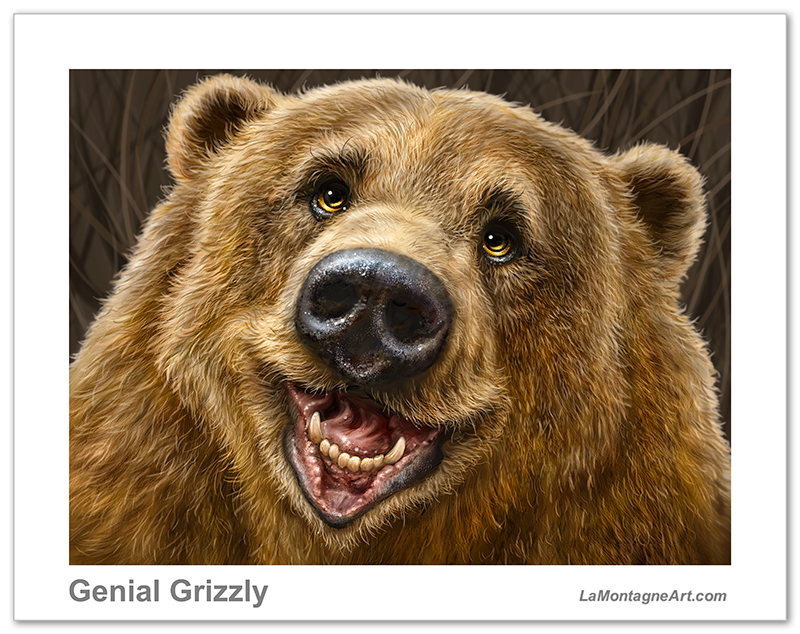
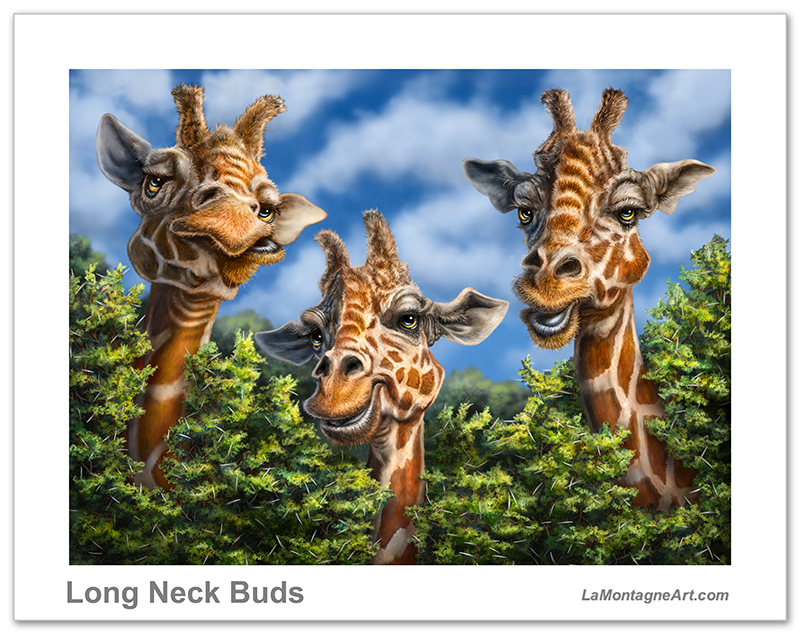
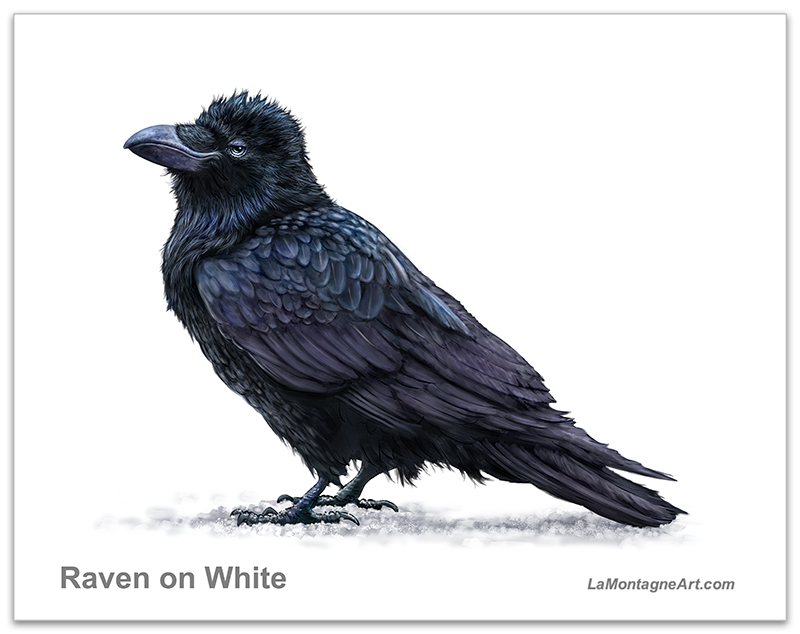
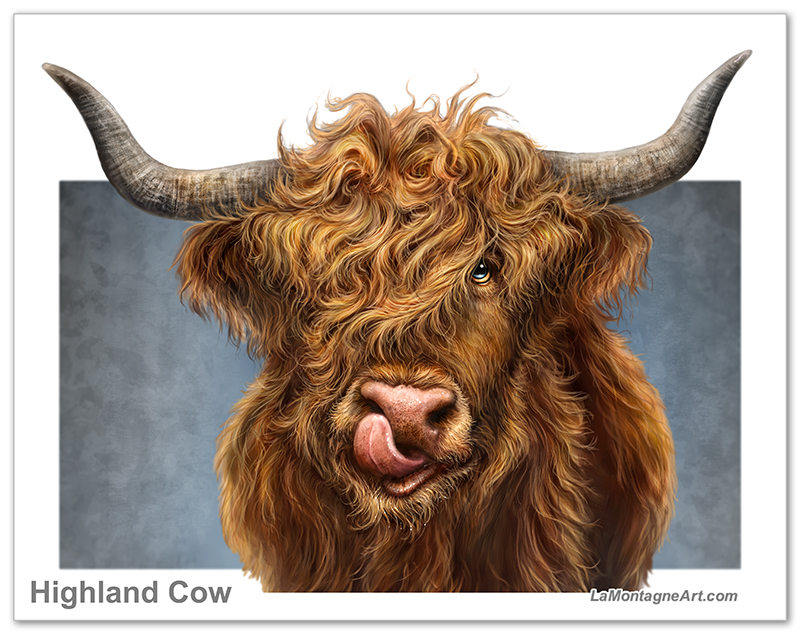
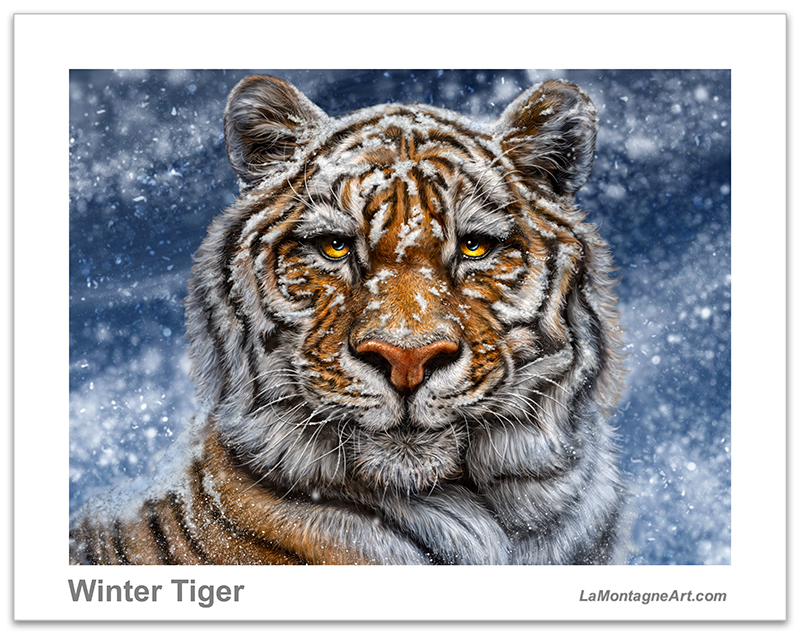
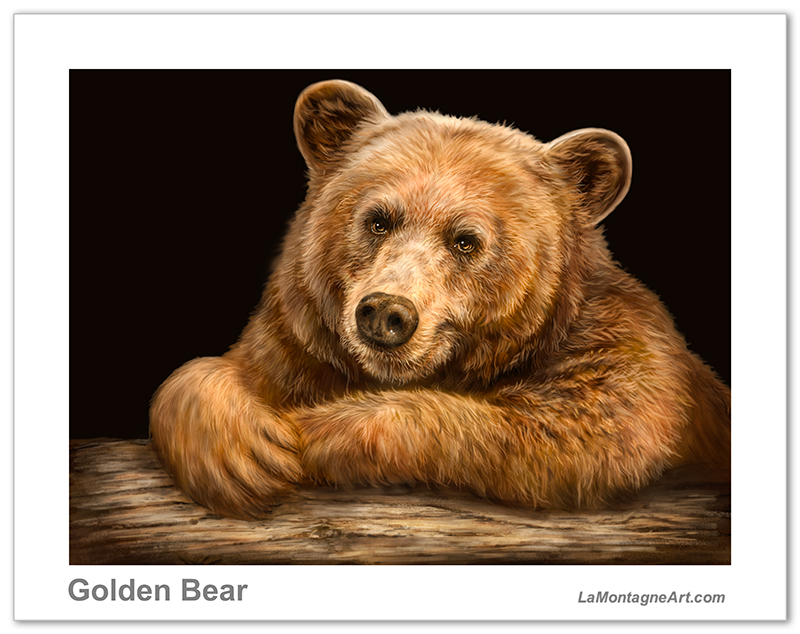
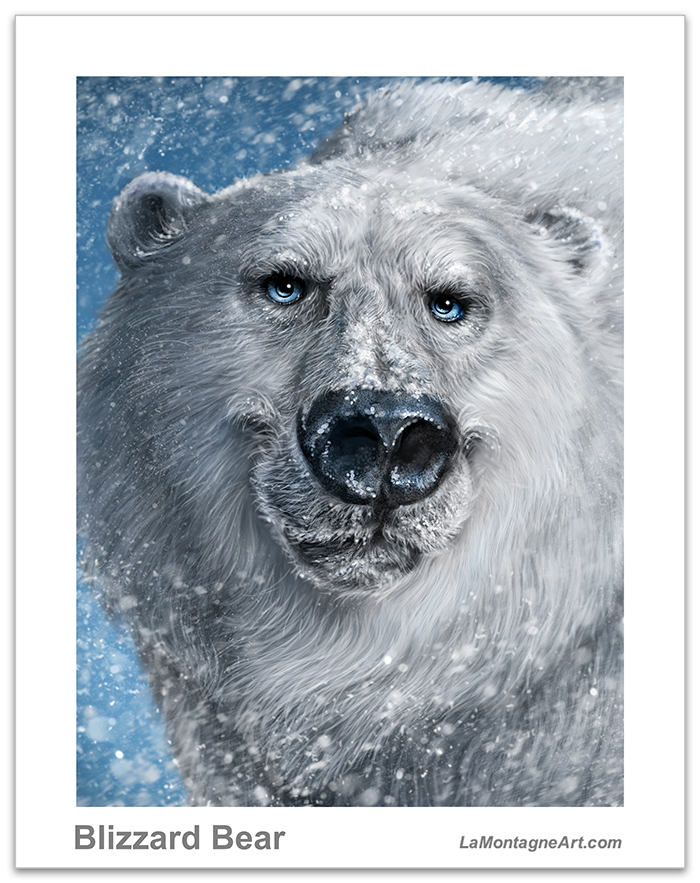
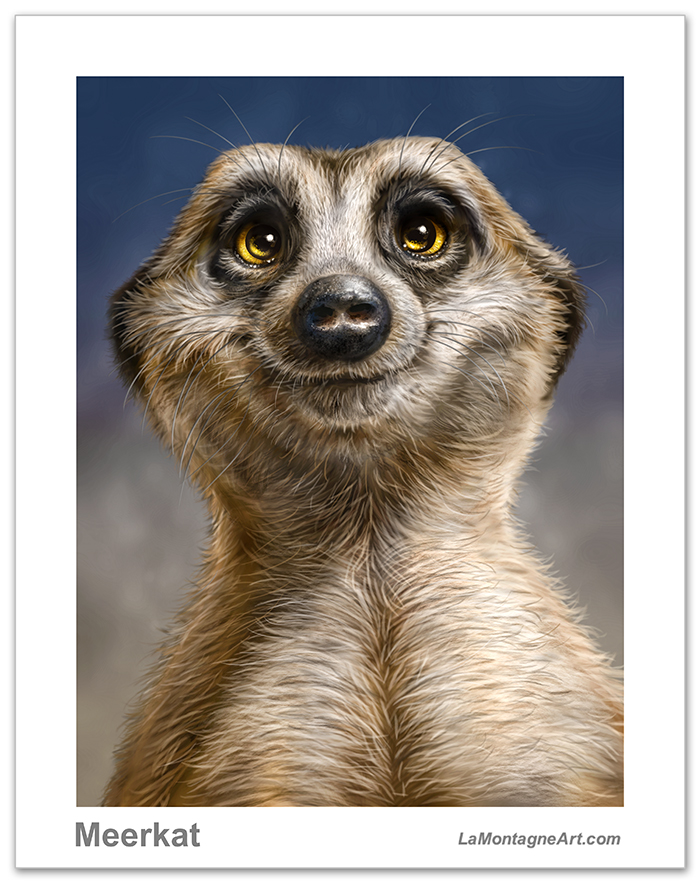
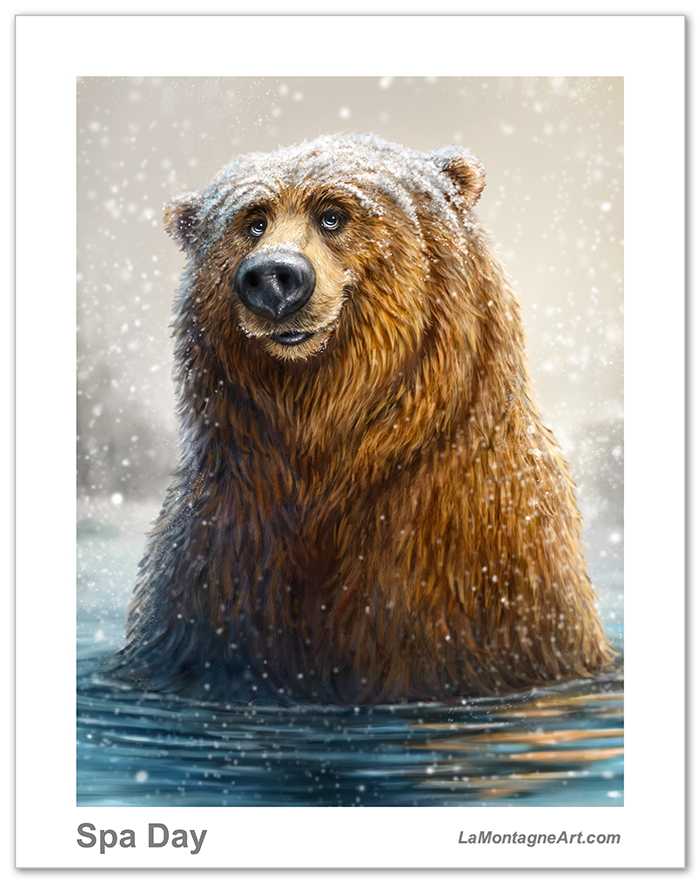 I don’t include a title or my website on the actual prints, just my signature. And I have lost count of how many times people tell me the prints look so much better in person than they do on the screen. I wholeheartedly agree that my Victoria printer, Art Ink Print, does a fantastic job.
I don’t include a title or my website on the actual prints, just my signature. And I have lost count of how many times people tell me the prints look so much better in person than they do on the screen. I wholeheartedly agree that my Victoria printer, Art Ink Print, does a fantastic job.
This event has become a proving ground for my latest work, and it’s often where I find out which prints will become popular and discover if perhaps my next bestseller is among this year’s creations.
I’m excited to find out.
Cheers,
Patrick



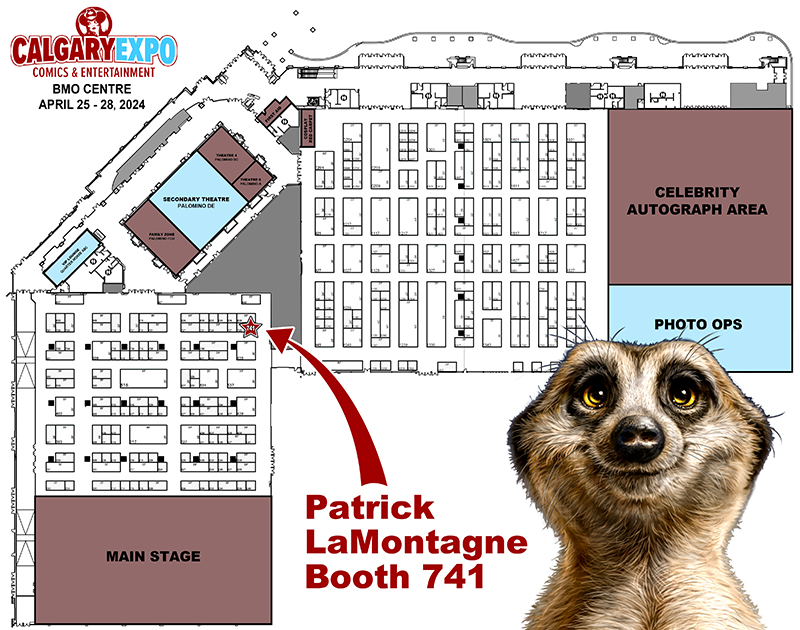 In 2022, my booth location was up in the air until the day of the show, and it was stressful. At first, I didn’t get the type of booth I booked and I needed to address that. Following that, when I got there, one list said I was in one spot and another in a different spot. I couldn’t even unload my car. While I empathized with the organizers’ difficulty trying to please everybody, I still paid a premium for my corner booth, and I had to become the squeaky wheel with emails during the week leading up to the show. I am sure I annoyed the organizers when I became frustrated and could no longer be patient and keep quiet.
In 2022, my booth location was up in the air until the day of the show, and it was stressful. At first, I didn’t get the type of booth I booked and I needed to address that. Following that, when I got there, one list said I was in one spot and another in a different spot. I couldn’t even unload my car. While I empathized with the organizers’ difficulty trying to please everybody, I still paid a premium for my corner booth, and I had to become the squeaky wheel with emails during the week leading up to the show. I am sure I annoyed the organizers when I became frustrated and could no longer be patient and keep quiet.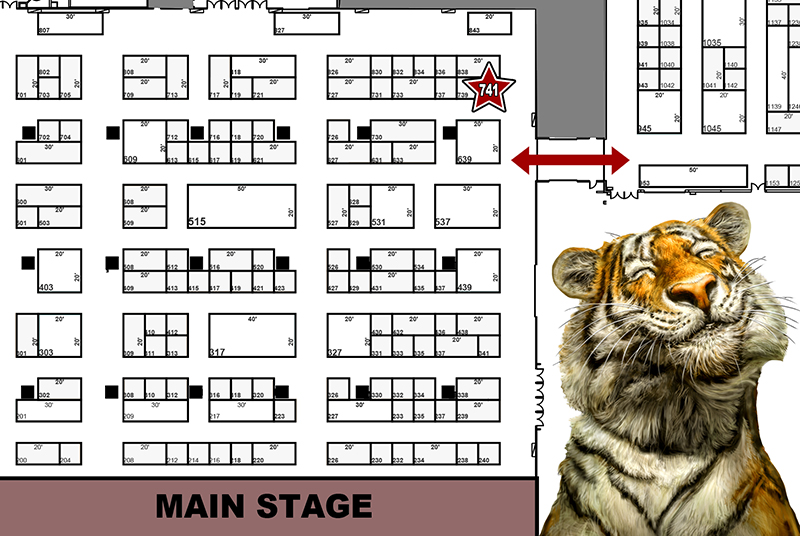 Two more aisles of booths are in that hall this year, so it looks like a bigger show. Between the Main Hall and the Main Stage Hall is a corridor through which all traffic comes and goes. My corner booth is at the end of an aisle, within easy view of everyone coming through that corridor. Below was my booth design last year and it worked so well that I will use the same one this year, only reversed, and with a bunch of new artwork, of course.
Two more aisles of booths are in that hall this year, so it looks like a bigger show. Between the Main Hall and the Main Stage Hall is a corridor through which all traffic comes and goes. My corner booth is at the end of an aisle, within easy view of everyone coming through that corridor. Below was my booth design last year and it worked so well that I will use the same one this year, only reversed, and with a bunch of new artwork, of course.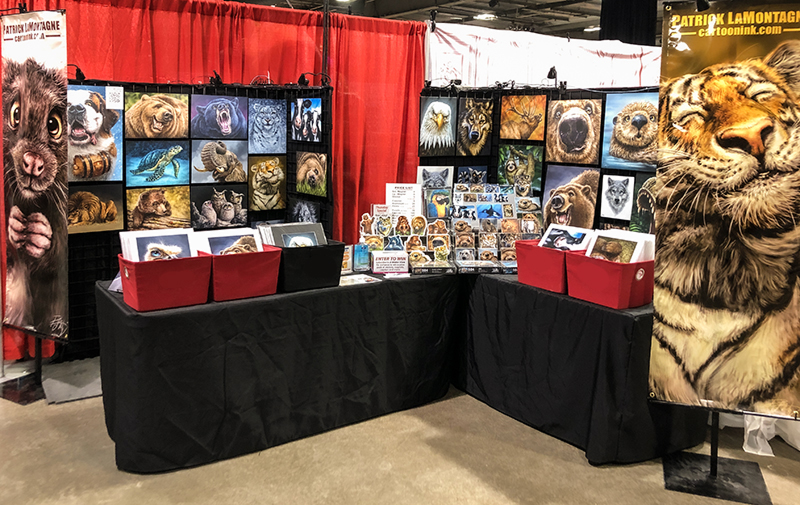 The organizers are likely pulling their hair out two weeks out, trying to get everything done. No doubt, when they announce booth placements, they receive emails from people who didn’t get what they wanted or those politicking for a last-minute change.
The organizers are likely pulling their hair out two weeks out, trying to get everything done. No doubt, when they announce booth placements, they receive emails from people who didn’t get what they wanted or those politicking for a last-minute change.
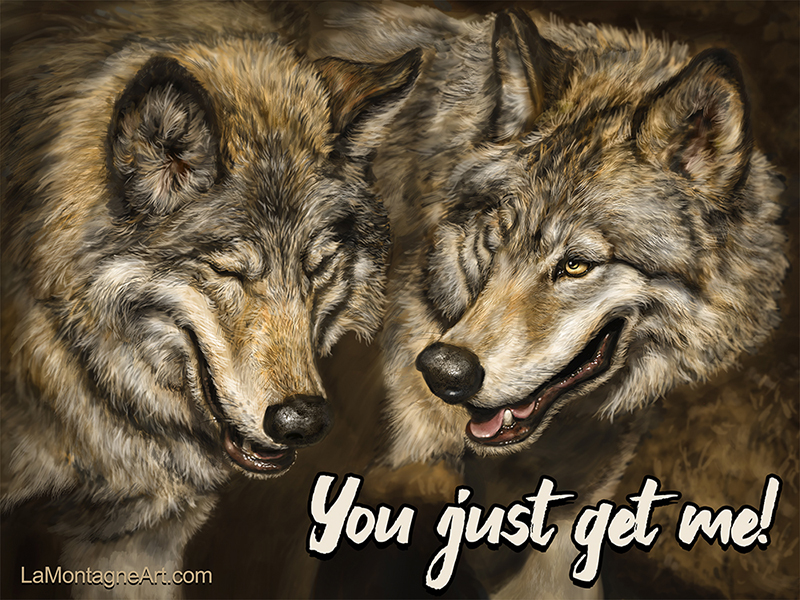 If you’re like me, bombarded daily with negative news and polarized opinions, this noisy world can become overwhelming. It bothers me, and I often wonder, “Why are people so mean to each other?”
If you’re like me, bombarded daily with negative news and polarized opinions, this noisy world can become overwhelming. It bothers me, and I often wonder, “Why are people so mean to each other?”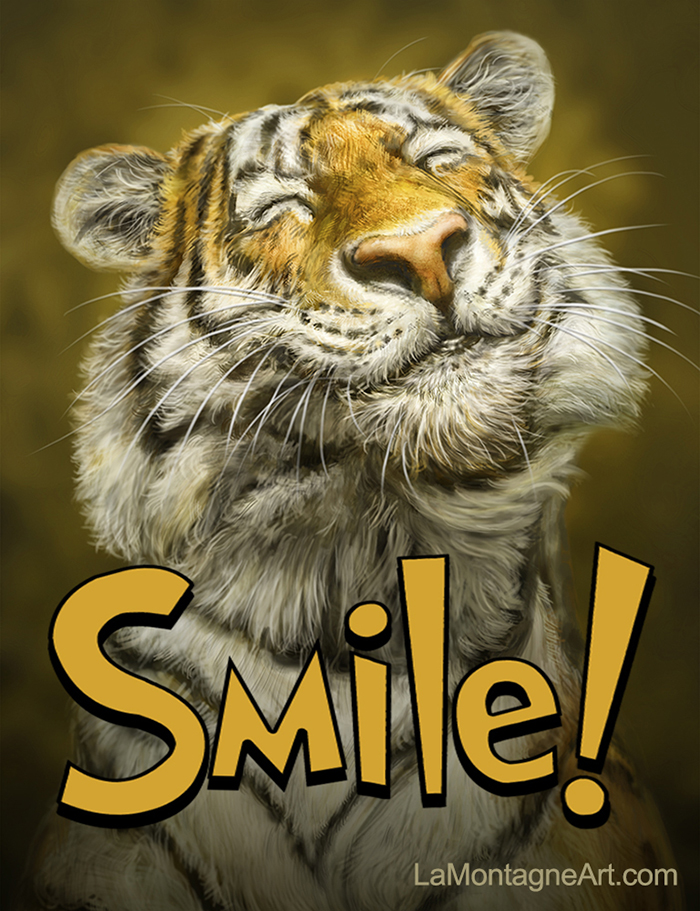 It’s a moment of connection between my funny-looking animals and people I’ve never met. I love watching it happen, and it is a reminder that something I created made somebody else’s day a little better, if only for a moment. In a world that often seems nasty, with people intent on highlighting our worst qualities, I create art that makes people smile. I often forget that, but when I do remember, I’m grateful for this ability.
It’s a moment of connection between my funny-looking animals and people I’ve never met. I love watching it happen, and it is a reminder that something I created made somebody else’s day a little better, if only for a moment. In a world that often seems nasty, with people intent on highlighting our worst qualities, I create art that makes people smile. I often forget that, but when I do remember, I’m grateful for this ability.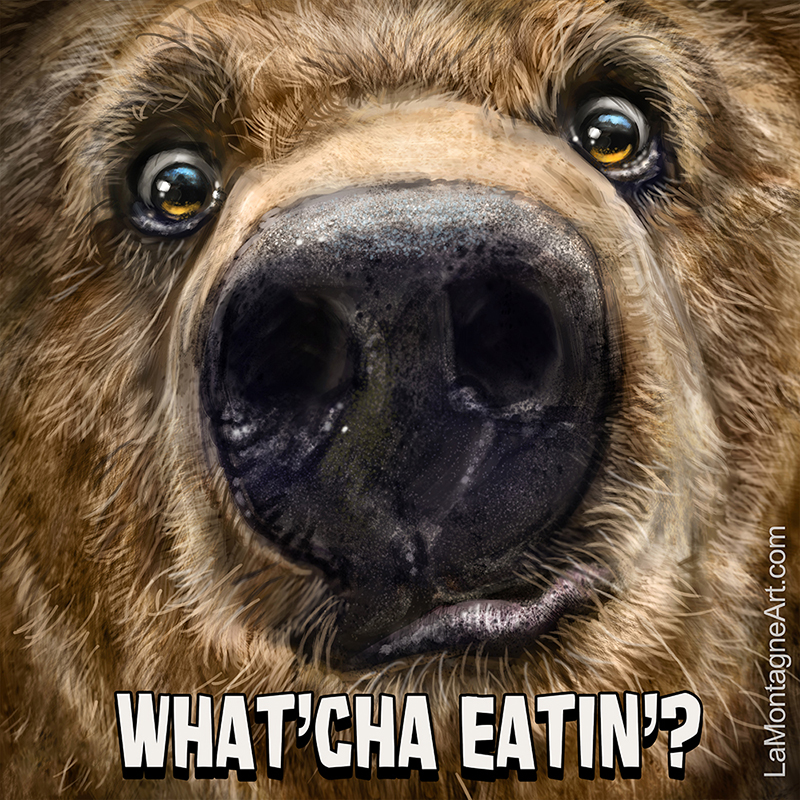 If you know me well, all this might sound hypocritical. I struggle with seeing the good in the world, which often puts me in a dark mood. But just like a smoker knows the habit is unhealthy, it’s worth the effort to try to cut back and eventually quit.
If you know me well, all this might sound hypocritical. I struggle with seeing the good in the world, which often puts me in a dark mood. But just like a smoker knows the habit is unhealthy, it’s worth the effort to try to cut back and eventually quit.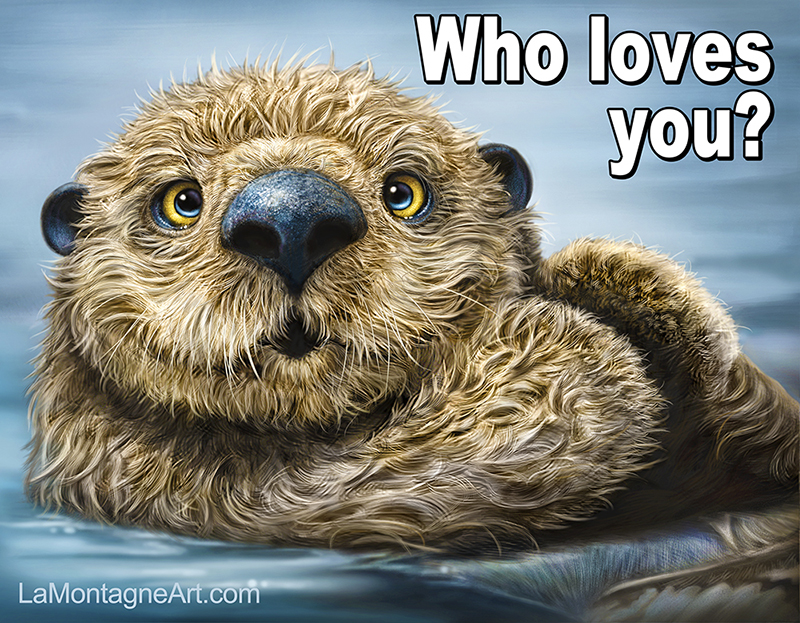 So, to spread some positive feelings around, I created these Wilder Wishes images you see here, from some of
So, to spread some positive feelings around, I created these Wilder Wishes images you see here, from some of 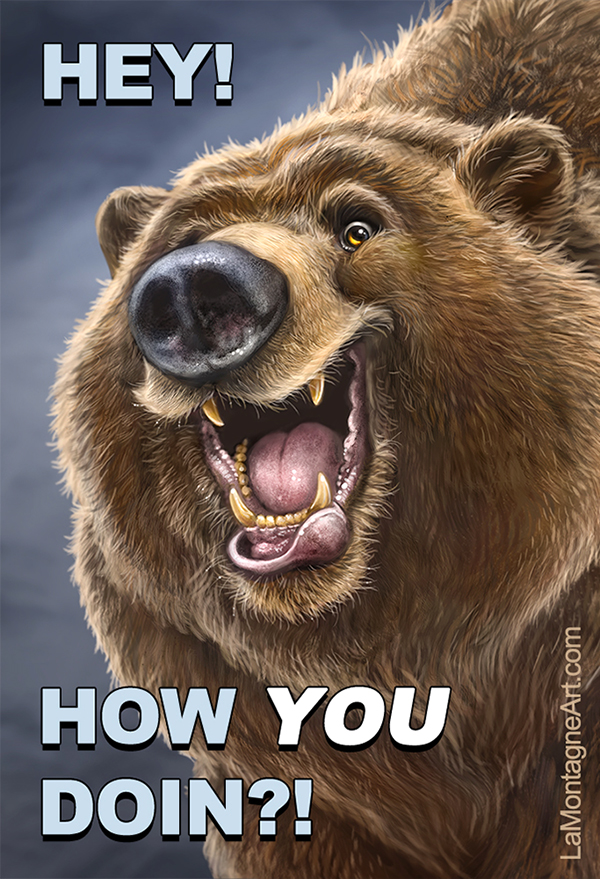 If one of these happy faces makes the day a little brighter, for you or somebody else, then that makes mine better, too. Sometimes, you’ve got to give a smile to get one back.
If one of these happy faces makes the day a little brighter, for you or somebody else, then that makes mine better, too. Sometimes, you’ve got to give a smile to get one back.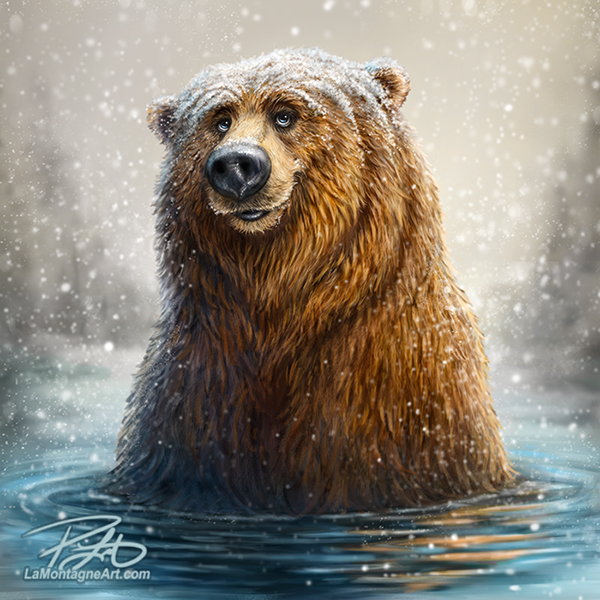
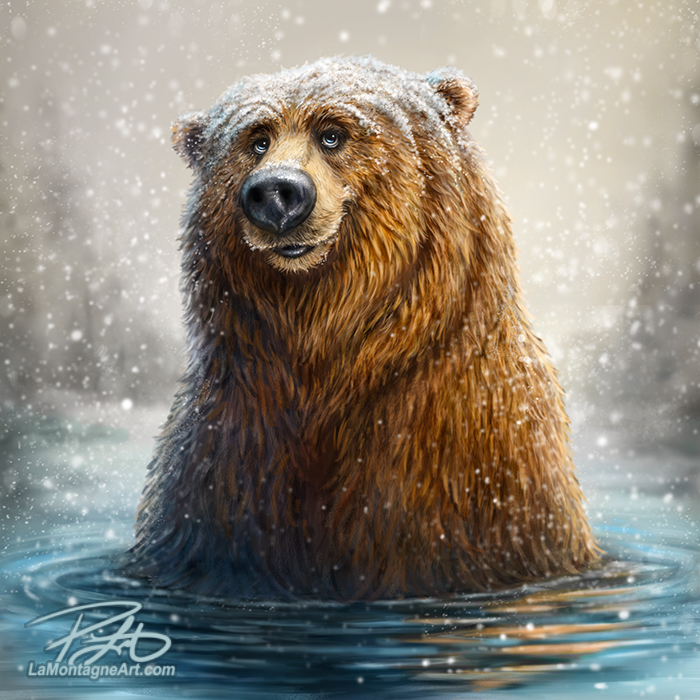 This painting has been rattling around in my noggin for some time. I think I first had the idea at the Calgary Zoo when I saw Skoki, the grizzly bear, sitting in one of his ponds, playing with something floating on the water.
This painting has been rattling around in my noggin for some time. I think I first had the idea at the Calgary Zoo when I saw Skoki, the grizzly bear, sitting in one of his ponds, playing with something floating on the water.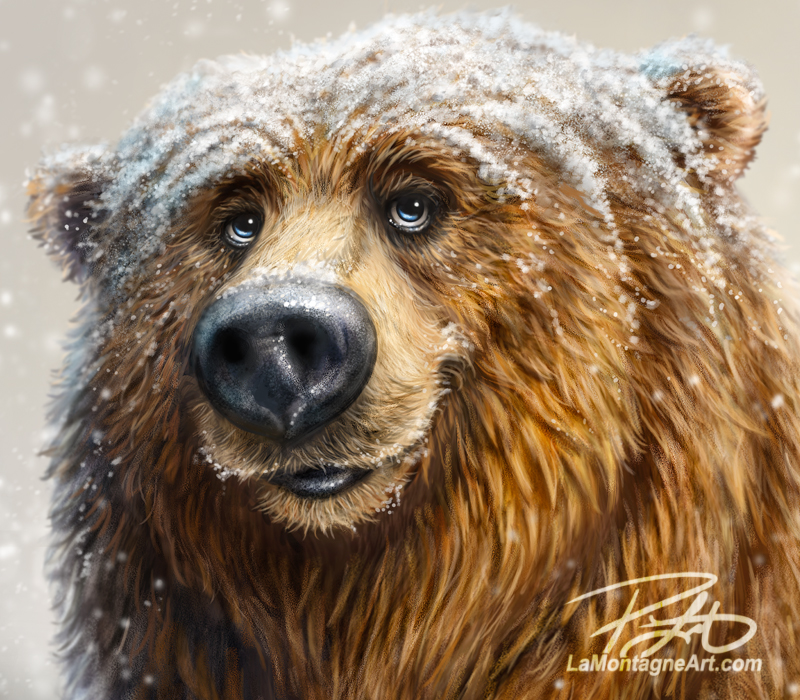 Eventually, it comes together, the personality shows up, and it turns into an enjoyable pursuit rather than a frustrating one. What was at first a slog, seeming like hours of no progress, ended up to be work I didn’t want to stop.
Eventually, it comes together, the personality shows up, and it turns into an enjoyable pursuit rather than a frustrating one. What was at first a slog, seeming like hours of no progress, ended up to be work I didn’t want to stop.

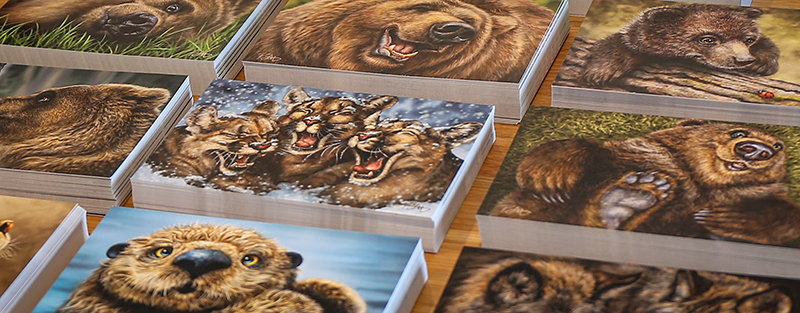
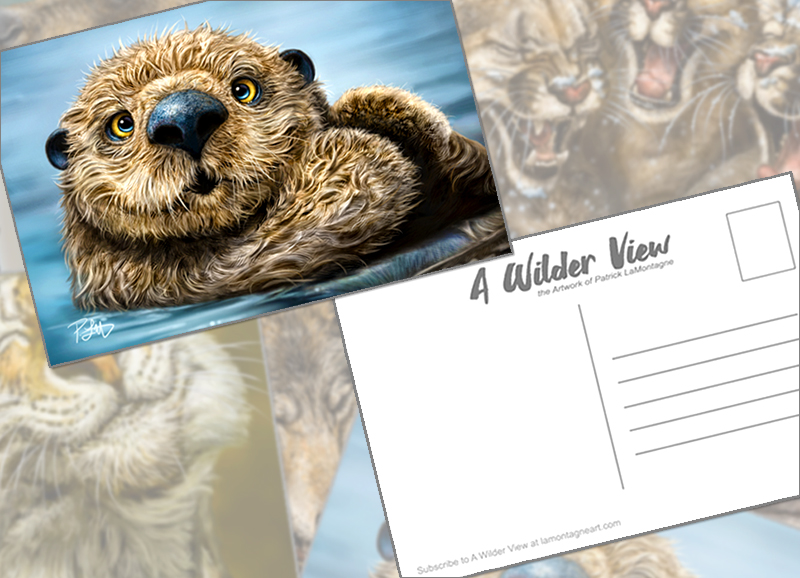
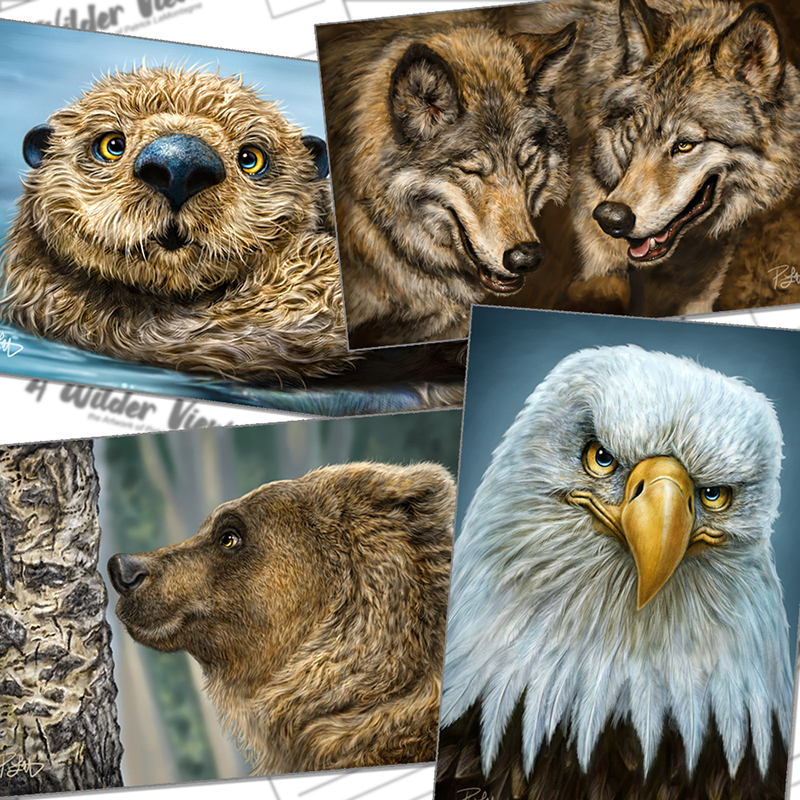
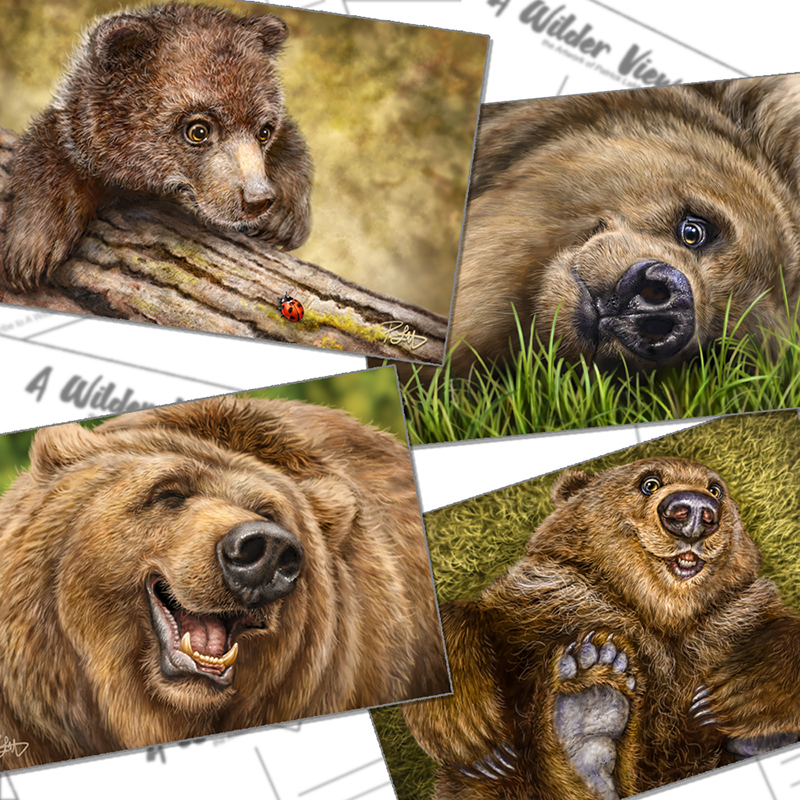
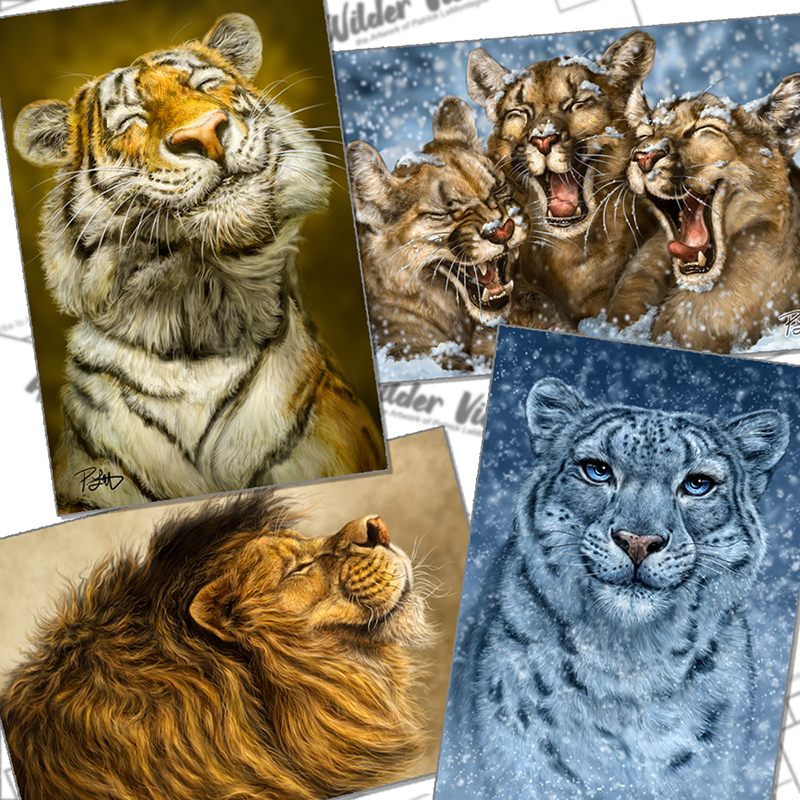

 At the Banff Christmas Market late last year, I received several requests for a Highland Cow painting.
At the Banff Christmas Market late last year, I received several requests for a Highland Cow painting.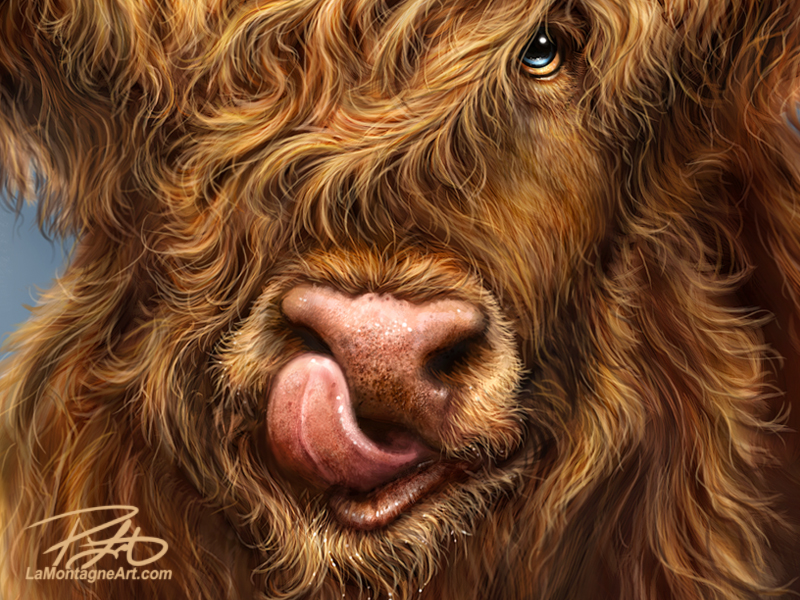 And still, every painting comes with challenges and choices.
And still, every painting comes with challenges and choices.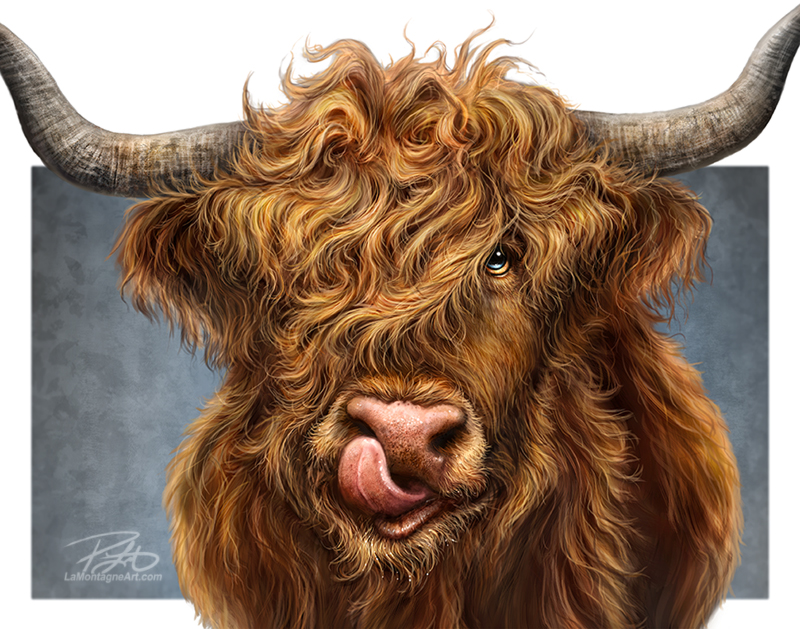
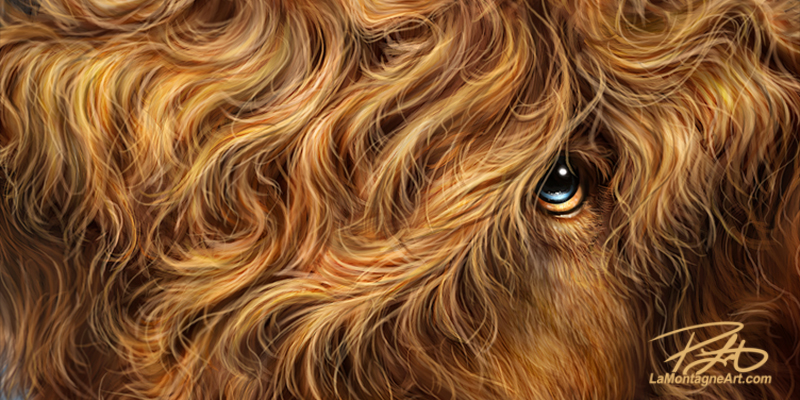 I could have worked on this painting for another week, and nobody would know the difference but me. Eventually you just have to call it done, let it go, and start on another one.
I could have worked on this painting for another week, and nobody would know the difference but me. Eventually you just have to call it done, let it go, and start on another one.
 My buddy Darrel and I spent five days last week at the cabin we rent in the foothills of central Alberta. Even though our first visit there was in January of 2018, we don’t often go during the winter months.
My buddy Darrel and I spent five days last week at the cabin we rent in the foothills of central Alberta. Even though our first visit there was in January of 2018, we don’t often go during the winter months. Back to work, I’m already preparing for the
Back to work, I’m already preparing for the 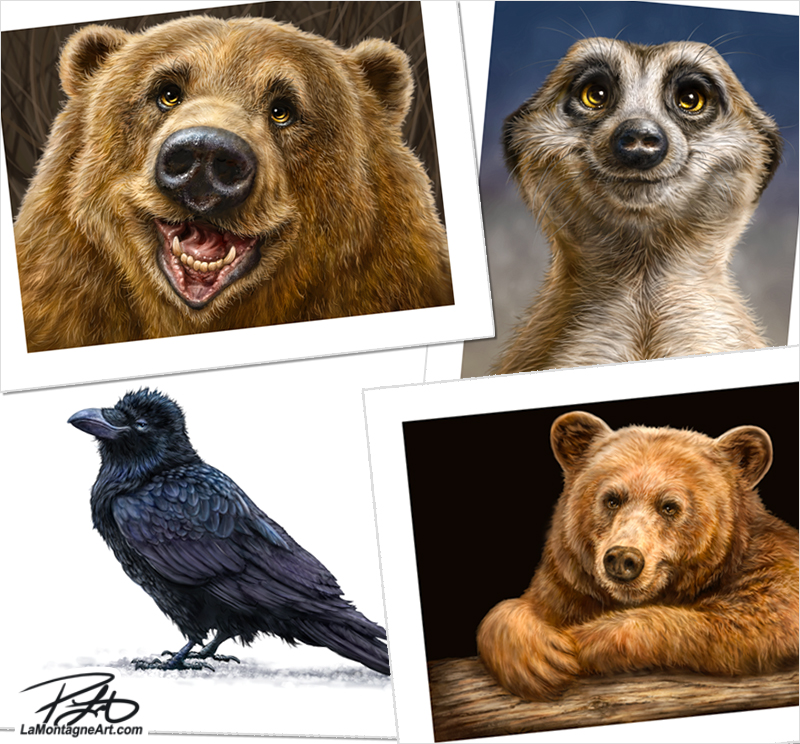

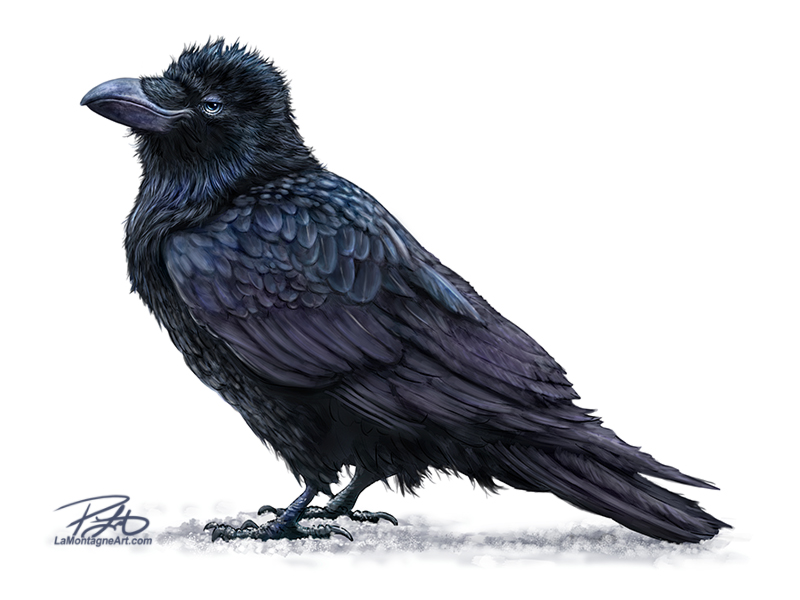 In the late nineties, I worked different jobs at a hotel in Banff for five or six years, from waterslide attendant and manager to front desk agent, night auditor and accounting clerk.
In the late nineties, I worked different jobs at a hotel in Banff for five or six years, from waterslide attendant and manager to front desk agent, night auditor and accounting clerk.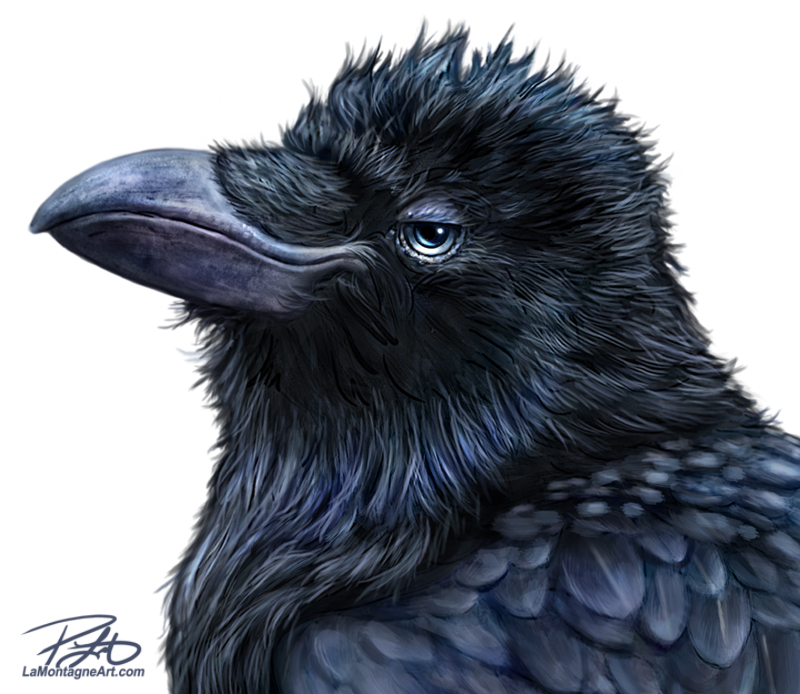 I’ve always liked ravens, and I talked a bit about that in my
I’ve always liked ravens, and I talked a bit about that in my 
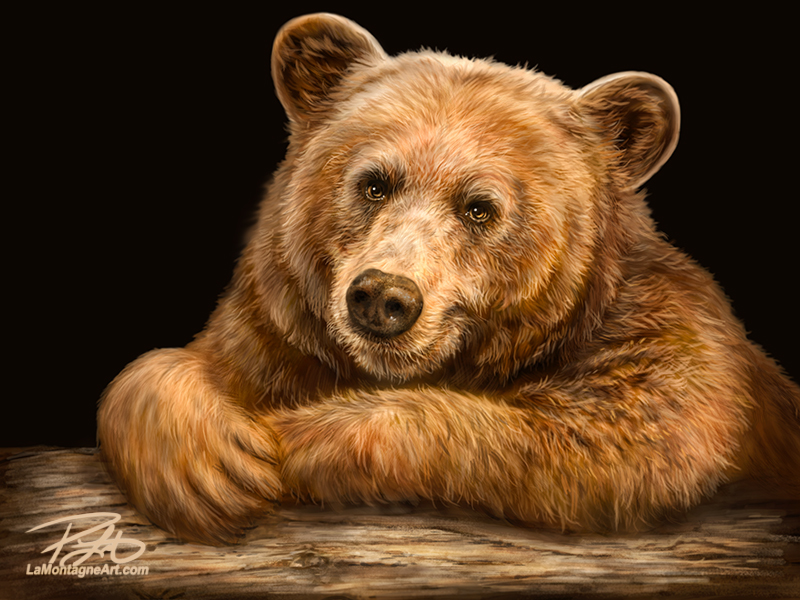
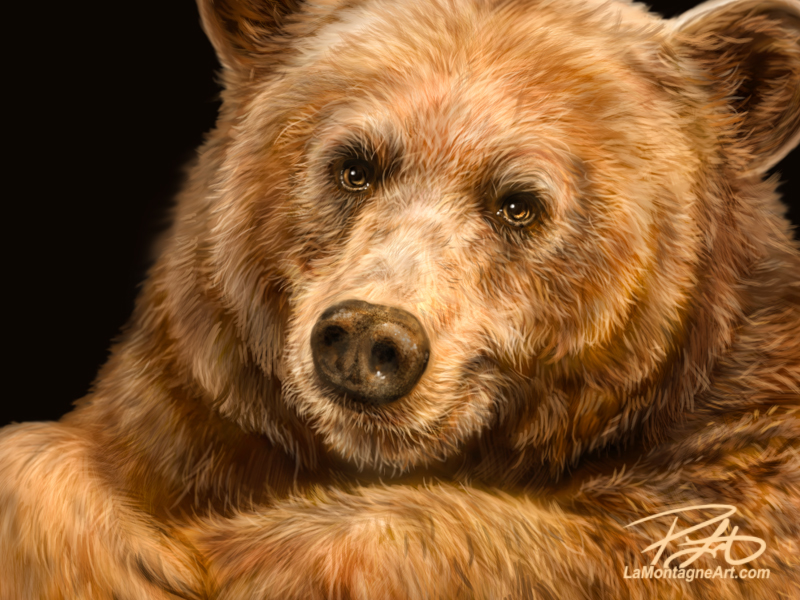 I’ve also completed the bulk of my year-end bookkeeping this week and cleaned my office so I can start the new year right. I typically don’t make New Year’s resolutions, but I always have plans for the coming year.
I’ve also completed the bulk of my year-end bookkeeping this week and cleaned my office so I can start the new year right. I typically don’t make New Year’s resolutions, but I always have plans for the coming year.
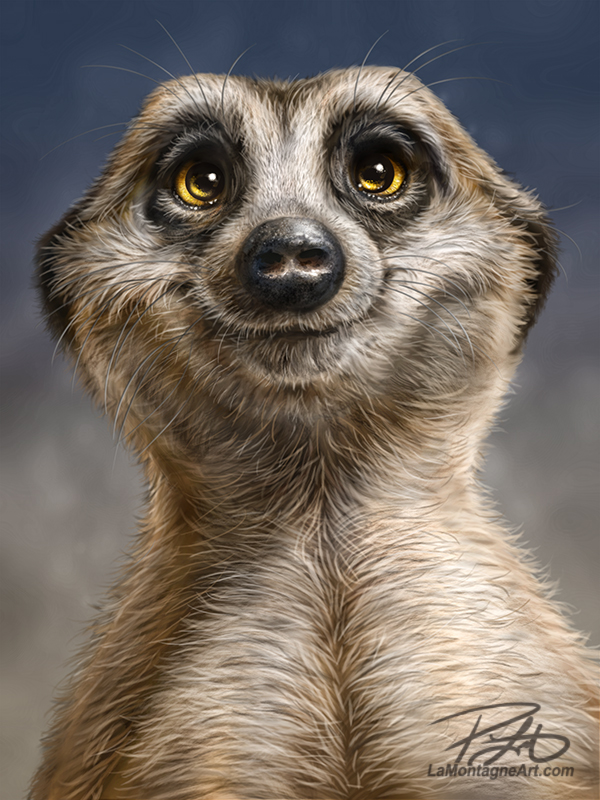 I’ve taken hundreds of meerkat photos at the
I’ve taken hundreds of meerkat photos at the 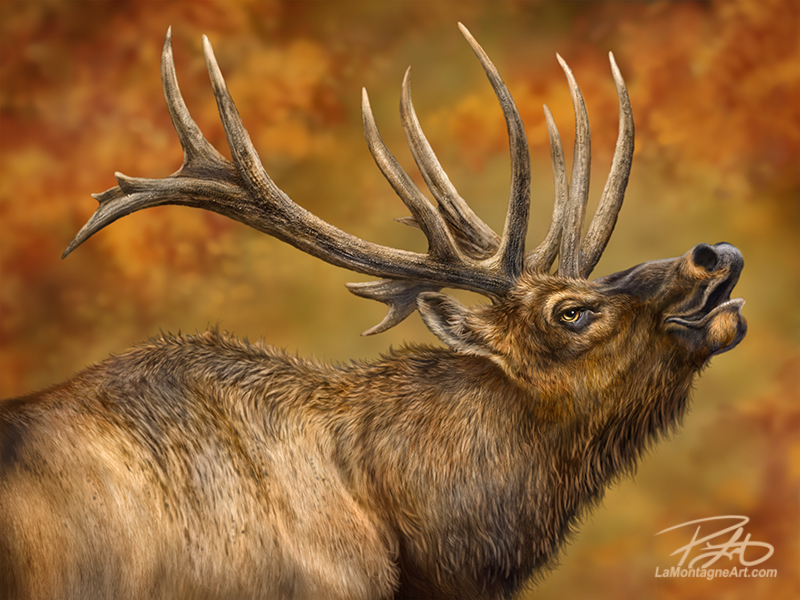
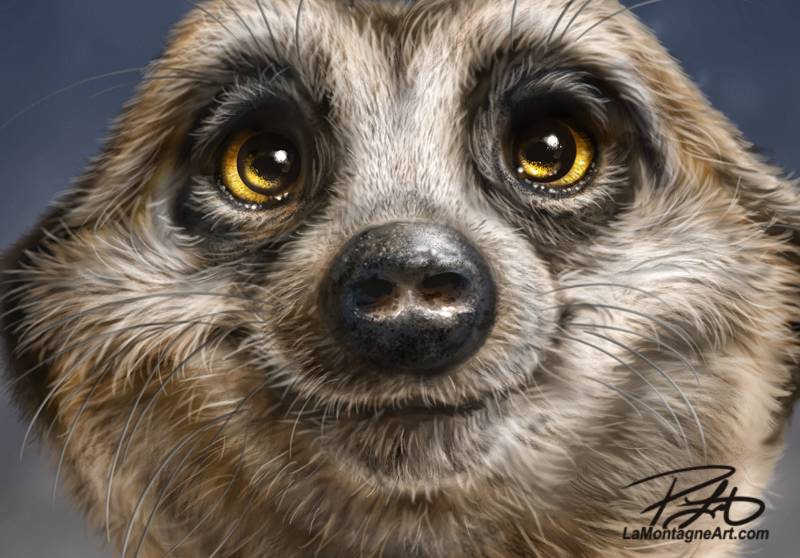 When it came to meerkats, I’ve long had the idea to paint a whole troop of them, so painting a solitary meerkat wasn’t on the radar, or I’d do the occasional sketch painting, but never a finished production piece. But just like the three giraffes I painted for my
When it came to meerkats, I’ve long had the idea to paint a whole troop of them, so painting a solitary meerkat wasn’t on the radar, or I’d do the occasional sketch painting, but never a finished production piece. But just like the three giraffes I painted for my